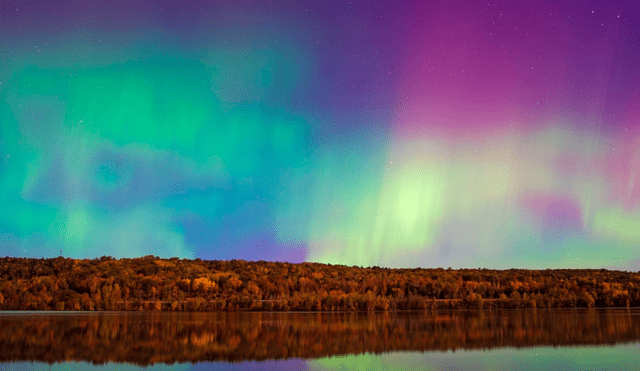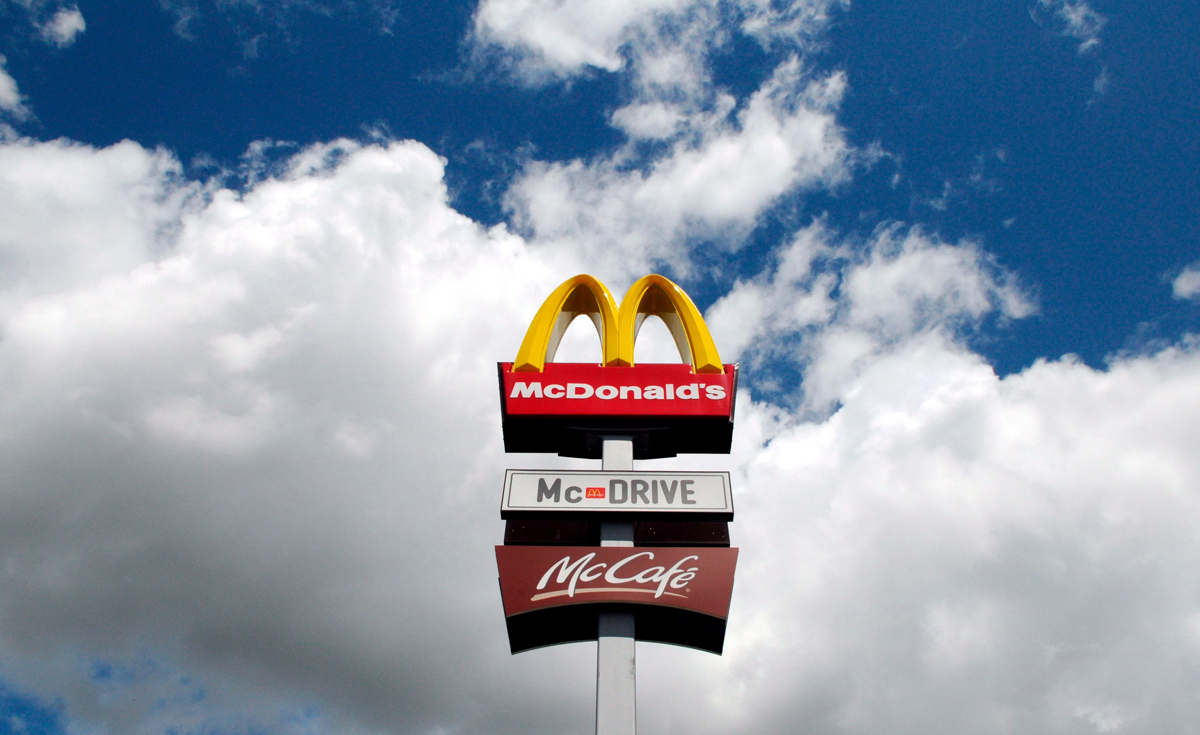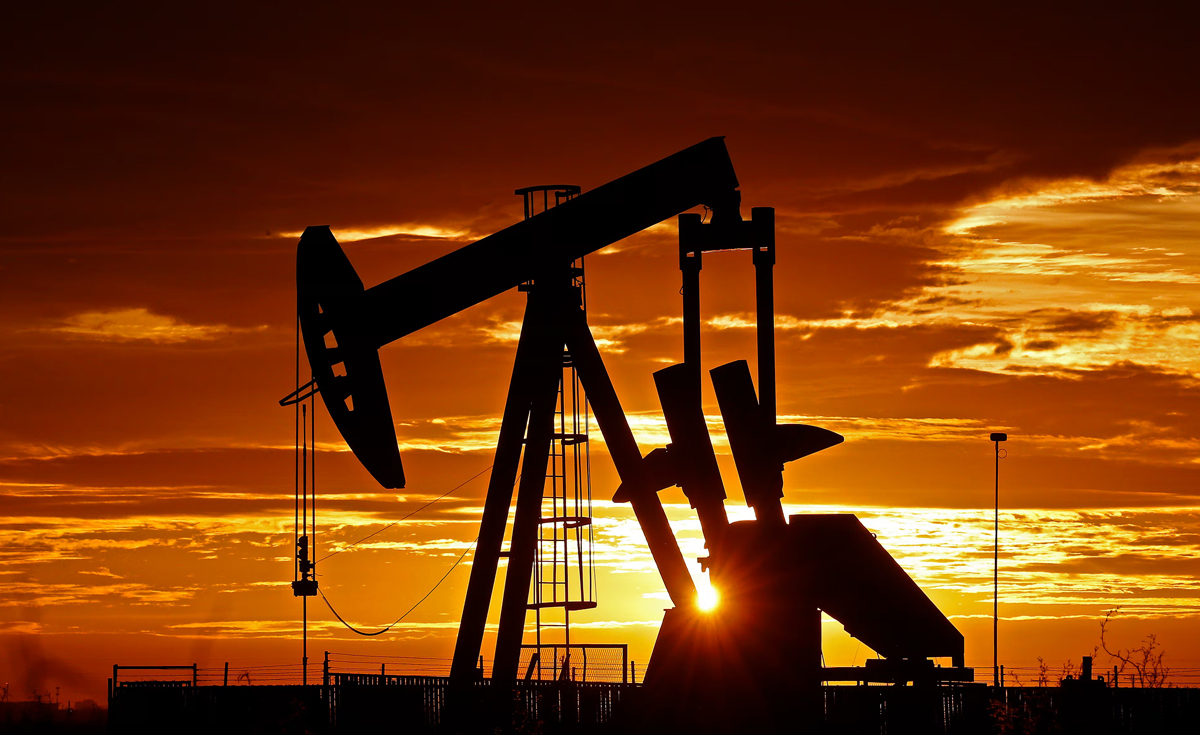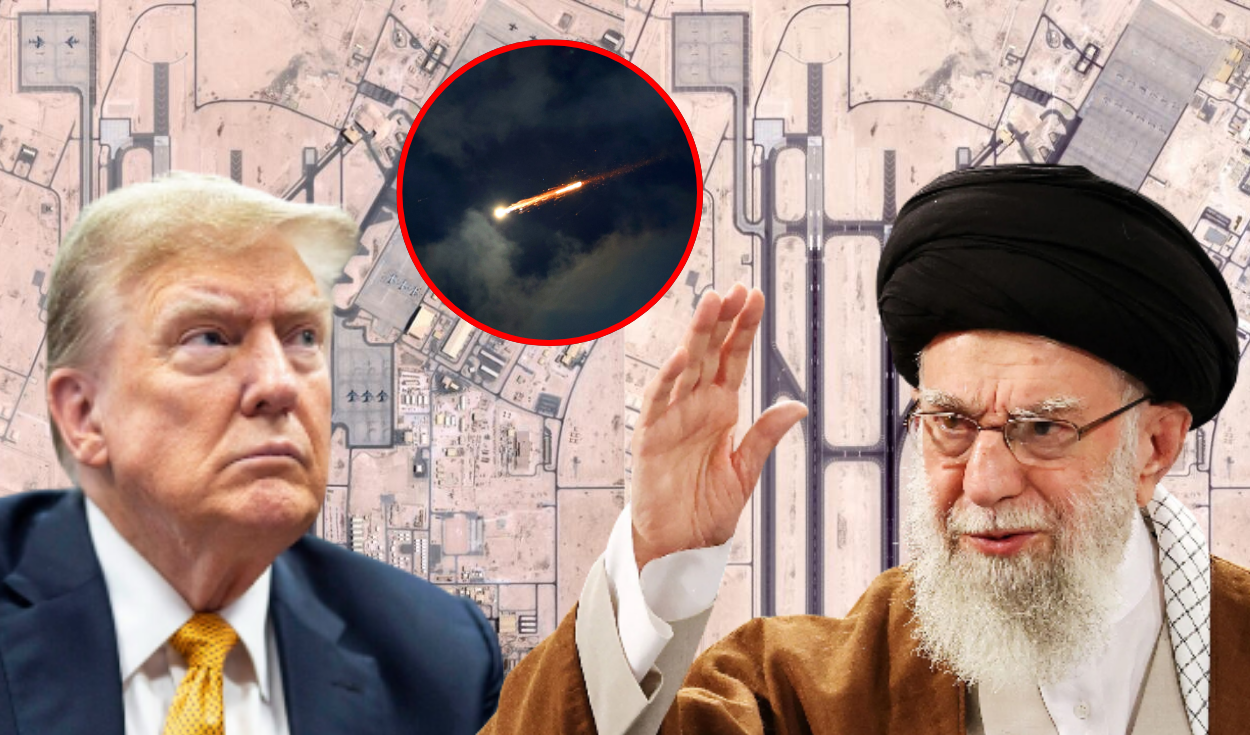Get ready for a Northern Lights in the U.S.: Here's what you need to know about auroras borealis forecast
A solar storm is set to produce stunning aurora displays across more U.S. states than usual. The storm is set to light up the skies in Alaska and other regions across the U.S.

A powerful solar storm is heading toward Earth, bringing the possibility of spectacular aurora displays across a wider range of U.S. states than usual. This follows massive solar bursts known as coronal mass ejections, which triggered a geomagnetic storm watch.
The northern lights are expected to light up the skies in places such as Alaska, the Pacific Northwest, and parts of the Midwest, with some lucky sky gazers even spotting them further south than typical. Here's everything you know about solar storms and how to catch a glimpse of the auroras borealis.
When aurora borealis will be viewable in the North America?
People in Canada and certain regions of the Northern U.S. will have opportunities to witness the aurora displays on the nights of Tuesday, April 15, and Wednesday, April 16.
Since predicting the perfect timing for aurora sightings is not an exact science, experts rely on NASA satellites to assess the effects of solar wind and magnetic intensity. To say informed, check NOAA's 30-minute Aurora forecast for regular updates on the optimal viewing times.
Which states will be able to see the aurora borealis in the U.S.?
In the United States, the celestial display will only be viewable in the northernmost region. According to NOAA's projection, this could include at least some visibility.
- North Dakota
- Montana
- Minnesota
- Washington
- Michigan
- Wisconsin
- Maine
- Oregon
- Idaho
- Iowa
- New York
- Wyoming
- Nebraska
- Illinois
- Vermont
- New Hampshire
- Pennsylvania
AccuWeather estimated that, if the geomagnetic storm is strong enough, the lights could be visible even farther south than the previous states. In addition, the intensity of the auroras will depend on how Earth's magnetic field interacts with the solar activity, according to Shawn Dahl of NOAA's Space Weather Prediction Center.
What are northern lights?
The sun is currently at the peak of its 11-year activity cycle, leading to more frequent and widespread auroras. These stunning displays have appeared in regions where they're not usually visible. Experts predict more auroras throughout the year.
The last spring, a powerful geomagnetic storm lit up the sky in the Northern Hemisphere, and last fall, an intense solar storm produced auroras far outside the Arctic Circle, including in places like Germany, the UK, and New York City (NYC).
Aurora displays, commonly seen near the poles, happen when charged solar particles interact with Earth's atmosphere. As the sun goes through a significant transition—its poles shifting places—the effects are felt more widely, bringing auroras further into the U.S. and Europe.












